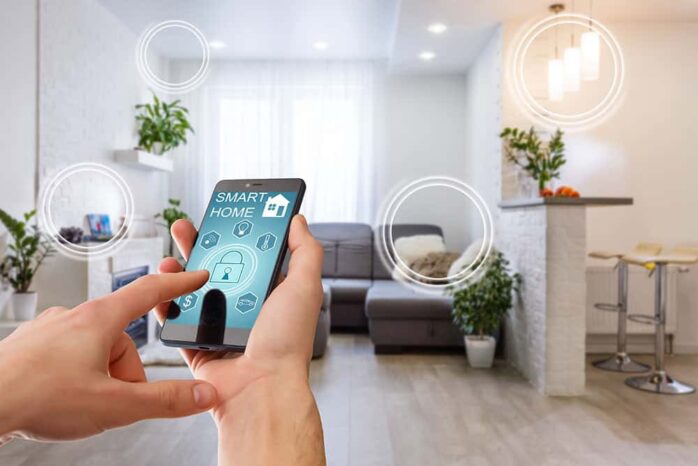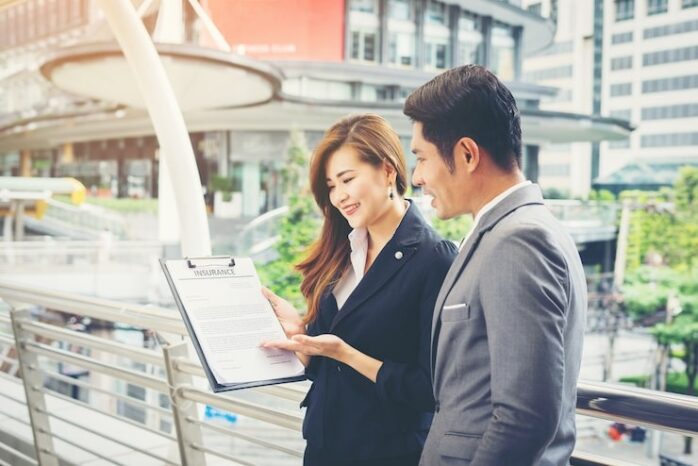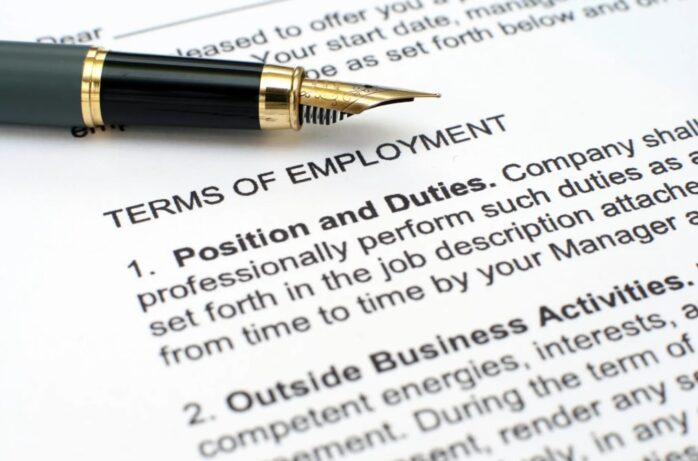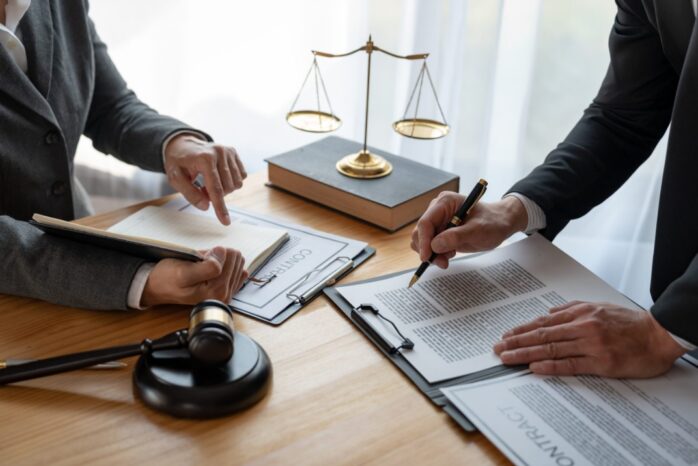Did you know that the South of France consistently ranks among the top five most romantic destinations in Europe for couples?
From lavender fields to seaside sunsets, the region seems almost designed for love.
But here is the real question: how do you plan a romantic getaway that feels effortless, personal, and unforgettable rather than rushed or overly touristy?
Planning well is the difference between a nice trip and a once in a lifetime memory.
Let’s walk through it together, step by step, with warmth, intention, and just enough spontaneity to keep the spark alive.
Choosing the Right Region for Your Love Story

The South of France is not one destination, it is a collection of moods. Picking the right base sets the tone for your entire romantic escape.
Provence is perfect if you imagine slow mornings, vineyard lunches, and countryside charm.
The French Riviera leans toward glamour, sea views, and elegant evenings.
Smaller towns like Èze or Saint-Paul-de-Vence offer intimacy and storybook beauty.
When deciding, think about how you want to feel together:
- Relaxed and rustic among olive groves
- Chic and indulgent by the Mediterranean
- Quiet and artistic in a hilltop village
💡 Did you know? Many couples choose to split their stay between countryside and coast, creating contrast without constant travel.
Once you choose your region, everything else becomes easier to align, from lodging to activities.
Elevating the Experience With Meaningful Travel Choices
Romance often lives in the details. How you move, where you pause, and the experiences you choose can quietly elevate the entire trip.
One unforgettable option for couples who want privacy and luxury is exploring the coastline through a superyacht charter France experience.
Chartering a yacht allows you to discover hidden coves, dine at sea, and escape crowded beaches entirely.
Beyond yachts, think about choosing fewer experiences, but making them special:
- Private wine tastings instead of large tours
- Scenic drives with planned picnic stops
- Sunset walks rather than packed attractions
Important note: Romantic travel is less about doing more and more about sharing moments without distraction.
Where You Stay Shapes How You Feel
Accommodation is not just a place to sleep. In the South of France, it becomes part of the romance itself.
A stone farmhouse with a terrace, a boutique hotel overlooking the sea, or a historic chateau can turn ordinary evenings into something cinematic.
Here is a simple comparison to help you decide:
| Accommodation Type | Best For Couples Who Want |
| Boutique Hotel | Convenience and style |
| Countryside Villa | Privacy and quiet |
| Seaside Resort | Views and amenities |
After choosing, look for rooms with balconies, gardens, or soaking tubs. These small comforts invite slow mornings and lingering nights, which are often the most romantic moments of all.
Planning Romantic Experiences Without Overplanning

It is tempting to schedule every day, but romance needs breathing room.
Aim for one meaningful activity per day, leaving the rest open for discovery.
This approach keeps things exciting and relaxed.
Consider experiences like:
- Cooking classes focused on Provençal cuisine
- Market visits followed by a homemade lunch
- Evening strolls through old town streets
Some of the best memories come from plans that change.
A café you stumble upon or a beach you had not planned to visit often becomes the highlight.
Balance structure with spontaneity, and your trip will feel natural rather than forced.
Dining Like Lovers, Not Tourists
Food is deeply emotional in the South of France. Sharing meals here is not rushed.
It is an experience meant to be savored together. Seek restaurants slightly off the main tourist paths, especially in smaller towns.
For a romantic dining rhythm:
- Lunch long and leisurely
- Afternoon light with wine or coffee
- Dinner intimate and unhurried
Many of the most romantic restaurants do not have sea views but compensate with atmosphere, candlelight, and exceptional local dishes.
Also consider one special private dining experience, whether on a terrace, in a vineyard, or even aboard a yacht.
Ending Your Trip With Intention and Ease
The final days of a romantic getaway should feel reflective, not frantic. Resist the urge to squeeze in last minute attractions. Instead, revisit a favorite spot or simply enjoy being present together.
Before leaving:
- Buy one meaningful souvenir you choose together
- Take time to write down shared memories
- Enjoy one final slow breakfast without plans
These quiet rituals help the trip settle into something lasting, not just something you visited.
Final Thoughts

Planning a romantic getaway in the South of France is less about perfection and more about intention.
Choose experiences that reflect who you are as a couple, allow space for surprise, and prioritize connection over checklists.
When you do that, the region gives back generously with beauty, warmth, and memories that stay long after you return home.





































